Hats can be a bit of a nightmare on a movie set. They cause continuity errors, bump into the microphones, create discomfort, and become damaged from their frequent use. So, when a hat does make its way into a film, it’s because it’s worth the effort.
In these movies, hats were important parts of the characters they sat upon. Reaffirming a character’s profession, demonstrating a change in a relationship, or even just being a straight-up weapon. These caps served many purposes, but most importantly, they’ve found themselves becoming pieces of movie history.
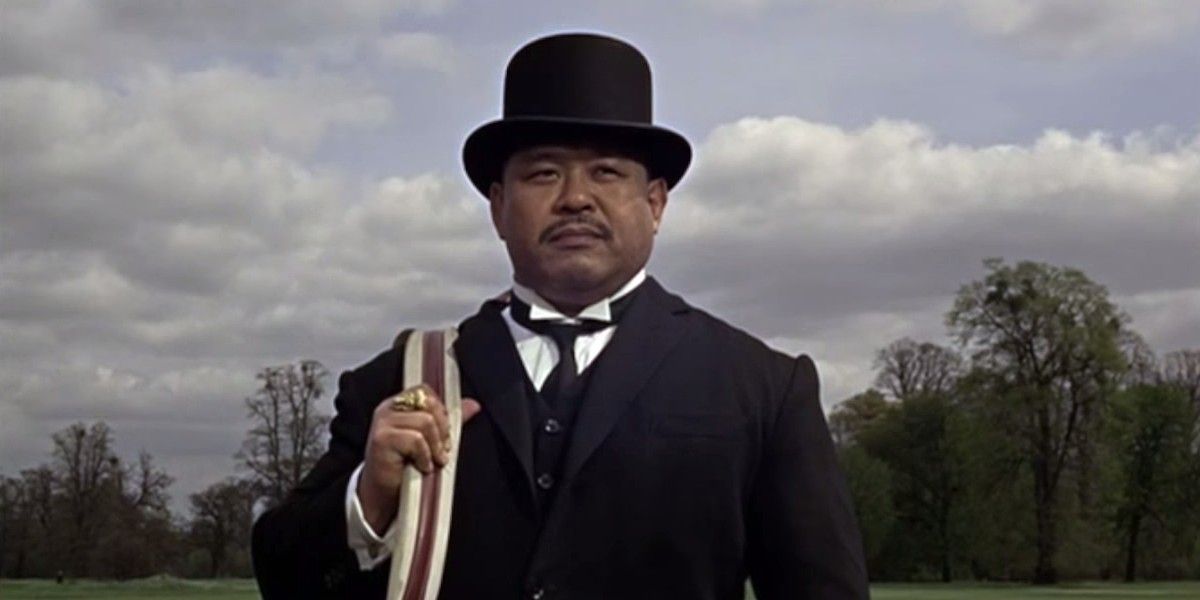
Oddjob’s blade-rimmed bowler hat is the only hat on this list to also function as a weapon, and likely one of the only hats in movie history ever used for decapitation. This prop was instrumental in making Oddjob a memorable henchman in the James Bond franchise, an impressive feat considering the amount of them.
Part of what has ensured Oddjob’s lasting legacy is his recognizable appearance. Decked out in a mid-century-styled tuxedo, he is consistently overdressed in his role as chauffeur and golf caddy. The murderous bowler hat which crowns his head tops off the eccentric look, often recollected by fans of both the Goldfinger film and the Goldeneye 007 video game.
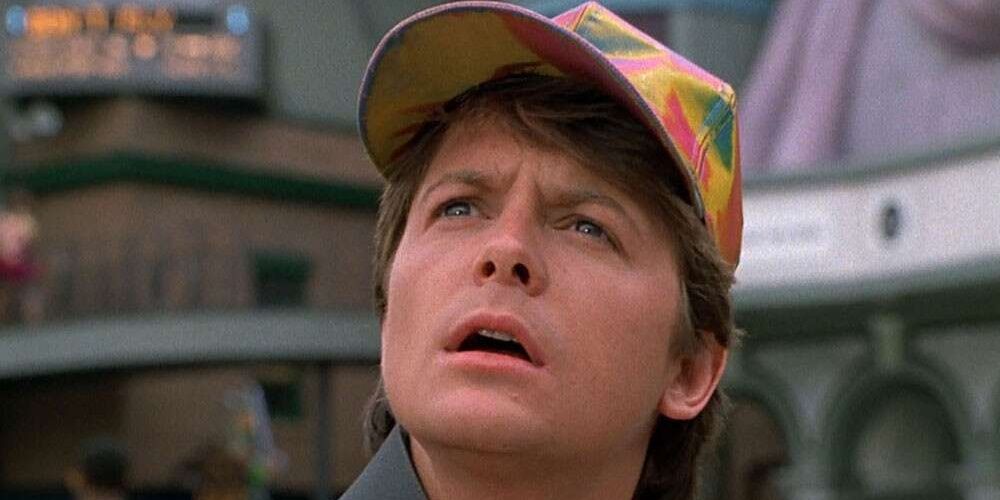
In this sequel to one of cinema’s favorite time-travel movies, audiences saw Marty McFly travel to the distant, unimaginable future - 2015. Back to The Future II’s depiction of 2015 is extraordinary, detailing a world filled with a litany of fantastic inventions whilst still looking decidedly 80s. What represents that best is Marty’s holographic cap.
Though admittedly not quite as famous as the self-tying shoes or hoverboard, the baseball cap has become an essential piece of merchandise for fans of the franchise. That’s probably because accessing those other two pieces comes with a hefty price tag – Marty Mcfly’s hoverboard recently sold for over $500,000, and Nike’s version of the shoes go for up to $10,000. Best stick to the baseball cap for the next cosplay.
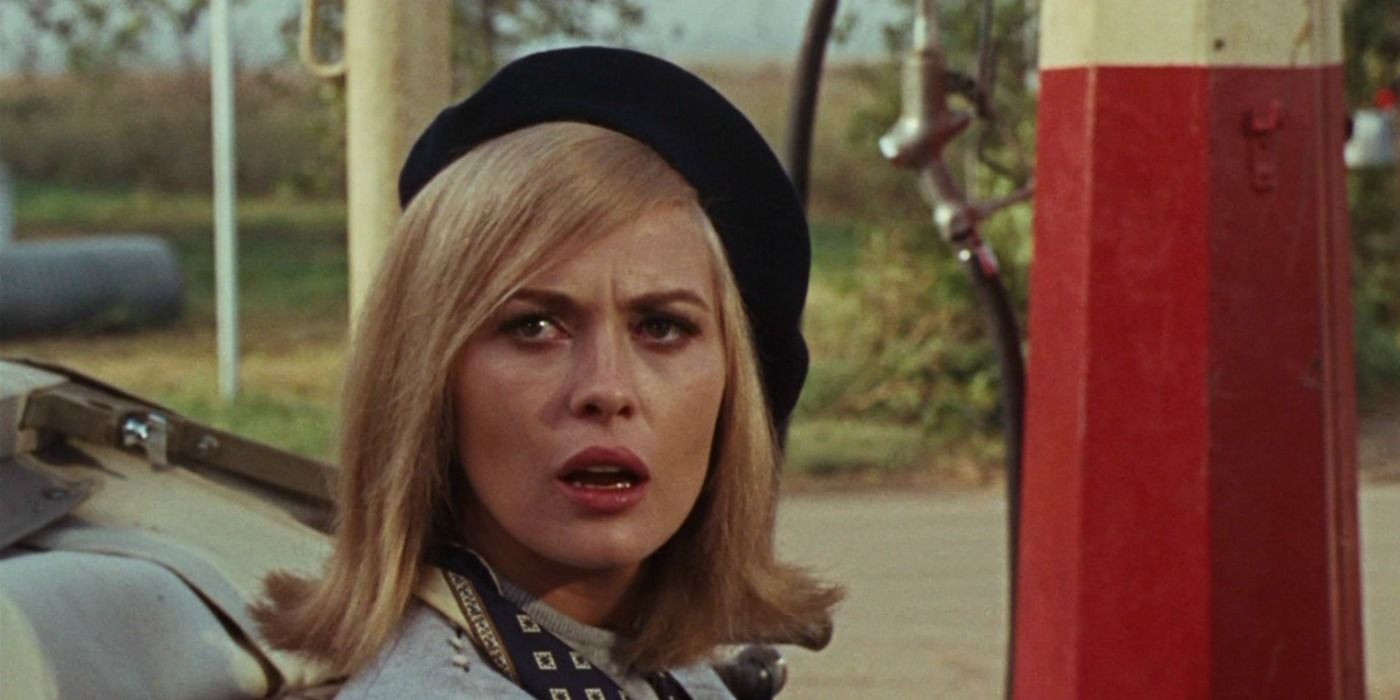
Faye Dunaway’s portrayal of Bonnie Elizabeth Parker, the all-too-real outlaw, caused ripples in the fashion world that designers are still feeling today. Finding herself in a break-out film role, her acting, dress, and manner led the character to become one of the most appealing idols of counterculture in the 60s she emerged from.
Though not the first characterization of Bonnie, the 1967 film Bonnie and Clyde captured the alluring nature of the playful outlaw pair. Elements of Bonnie’s fashion have been picked apart and heralded for their simplicity, yet outstanding relevance. The signature beret, seen as a nod to the French new-wave films of Jean-Luc Godard, is still viewed as a subtle sign of a rebellion to this day.
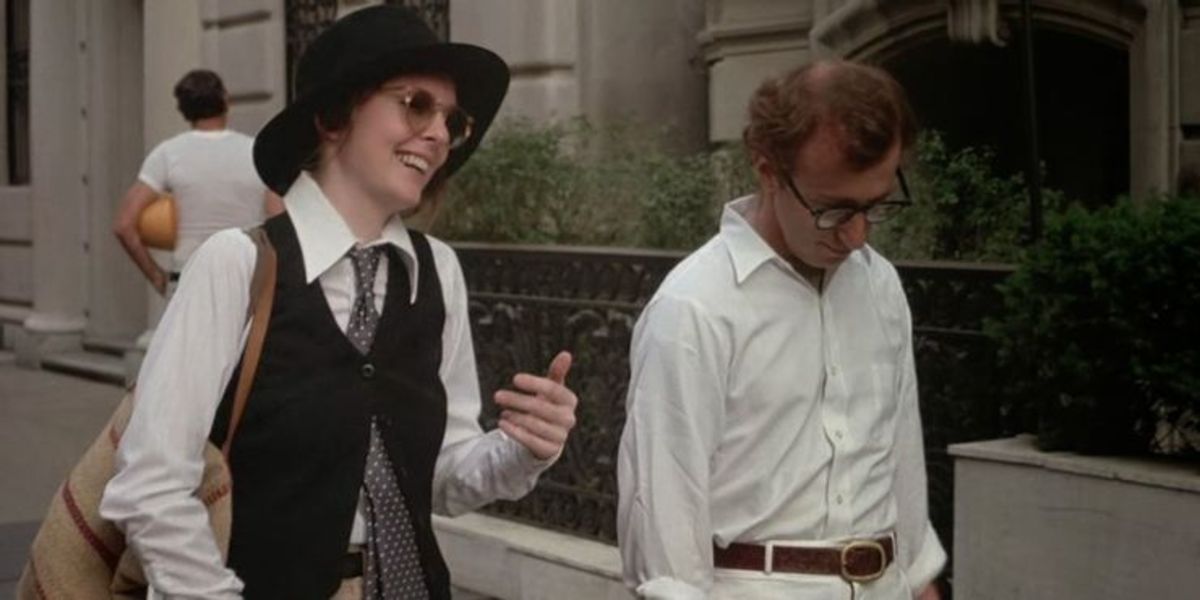
Annie Hall is free-spirited, quirky, and undeniably herself, and that clearly comes across in her fashion sense, including her iconic cap.
Annie’s dress sense has often been called ‘masculine’, thanks to her penchant for suits, ties, and baggy trousers. But modern audiences will recognize the character’s dress sense as stylish and subversive, relaxed yet proud. The bowler hat is large and gaudy, but atop Diane Keaton’s head, it became an integral accent of her character in this beloved romantic comedy.
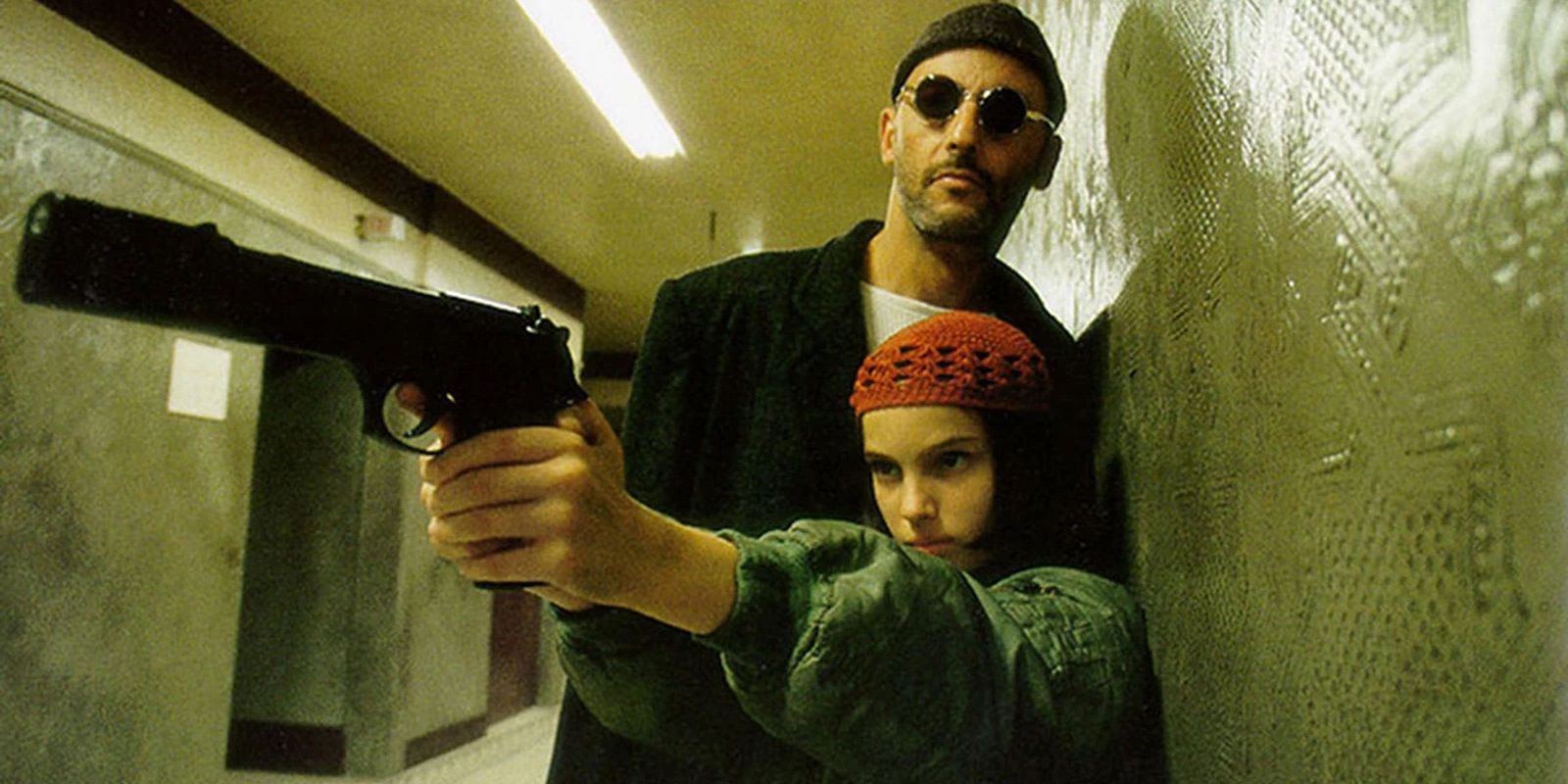
Worn by both Matilda and Léon in the 1994 film, the small, tucked beanie has become as memorable as the circular glasses also worn by the titular assassin. Following a hitman who takes in a twelve-year-old girl, the film is a unique story of parenthood and connection.
Matilda’s obsession with Léon and his profession is clear from her first introduction to the character, functioning as her savior and caregiver, she finds it hard to determine the boundaries of their relationship. Matilda attempts to mimic the harsher sides of his character, donning a similar beanie to the one he wears as he works. Her eventual forgoing of the beanie and embracing of Léon’s plant demonstrates her final understanding of their true relationship.
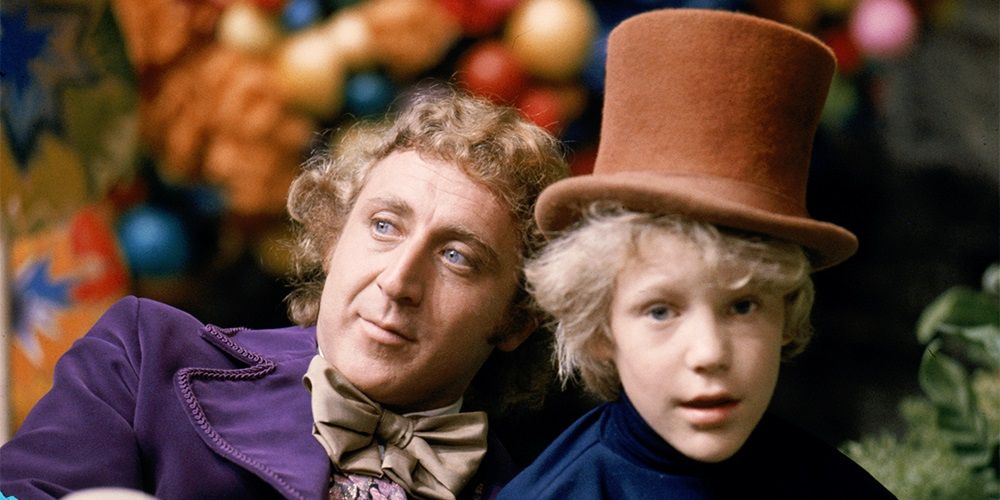
Eccentricity is the defining feature of the persisting world of Willy Wonka & the Chocolate Factory, with its colors, hues, and sets all being vibrantly tailored to the desires of a child’s mind. The original film, which starred Gene Wilder as Willy Wonka, ensured that the aesthetic of the titular character was no different.
Wilder’s performance as Wonka would be followed by Johnny Depp playing the character in 2005. Though Charlie and The Chocolate Factory was considerably different from the original, the elaborate dress of Wonka’s character persisted, most memorably with the reappearance of the top hat – the only slight modification being a shift in color from orange to purple.
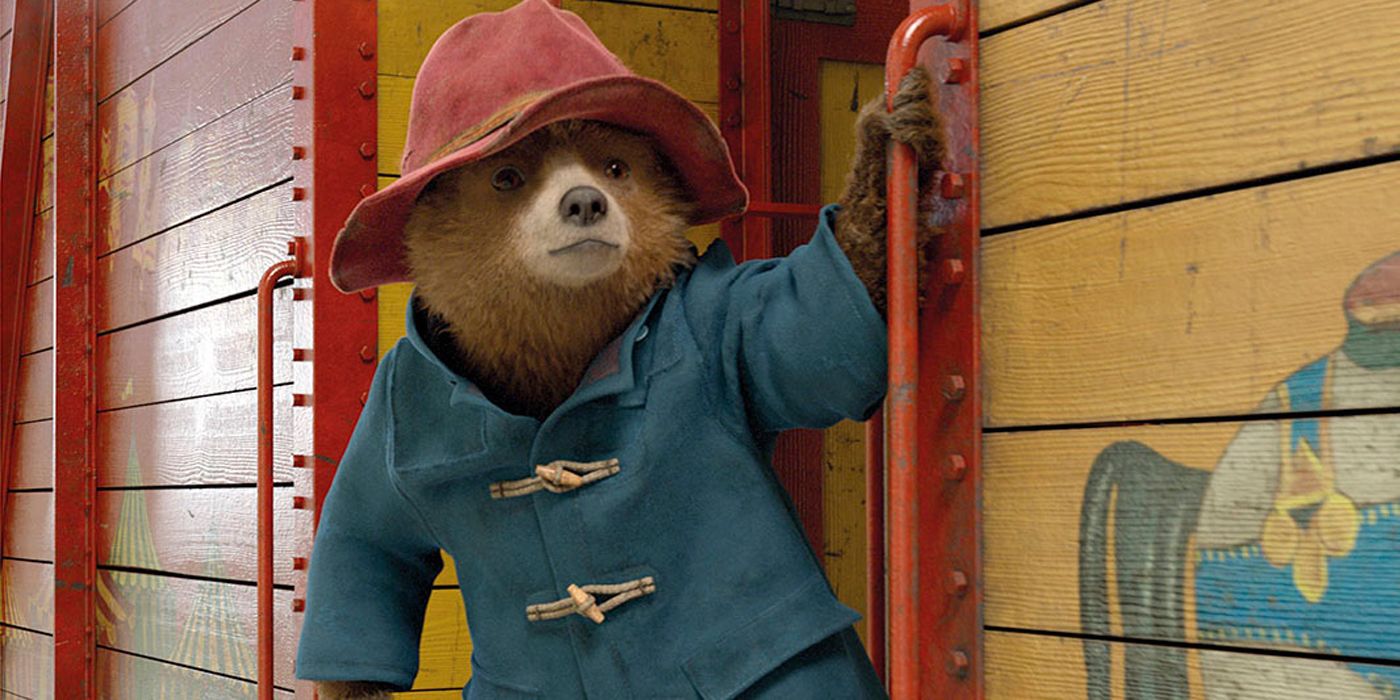
Besides his blue duffel coat, Paddington’s bucket hat is just about the only thing that stops Paddington from alerting Londoners to his identity as a Peruvian Bear. The hat is as old as the character himself, and as such, it’s hard to spot the character without his signature red bucket hat.
Paddington’s bucket hat canonically belongs to the explorer Montgomery Clyde, a British geographer that originally discovered the species of bear that Paddington and his family belong to. Within the film, the hat is vital to the plot, granting Paddington the clues through which he finds a home.
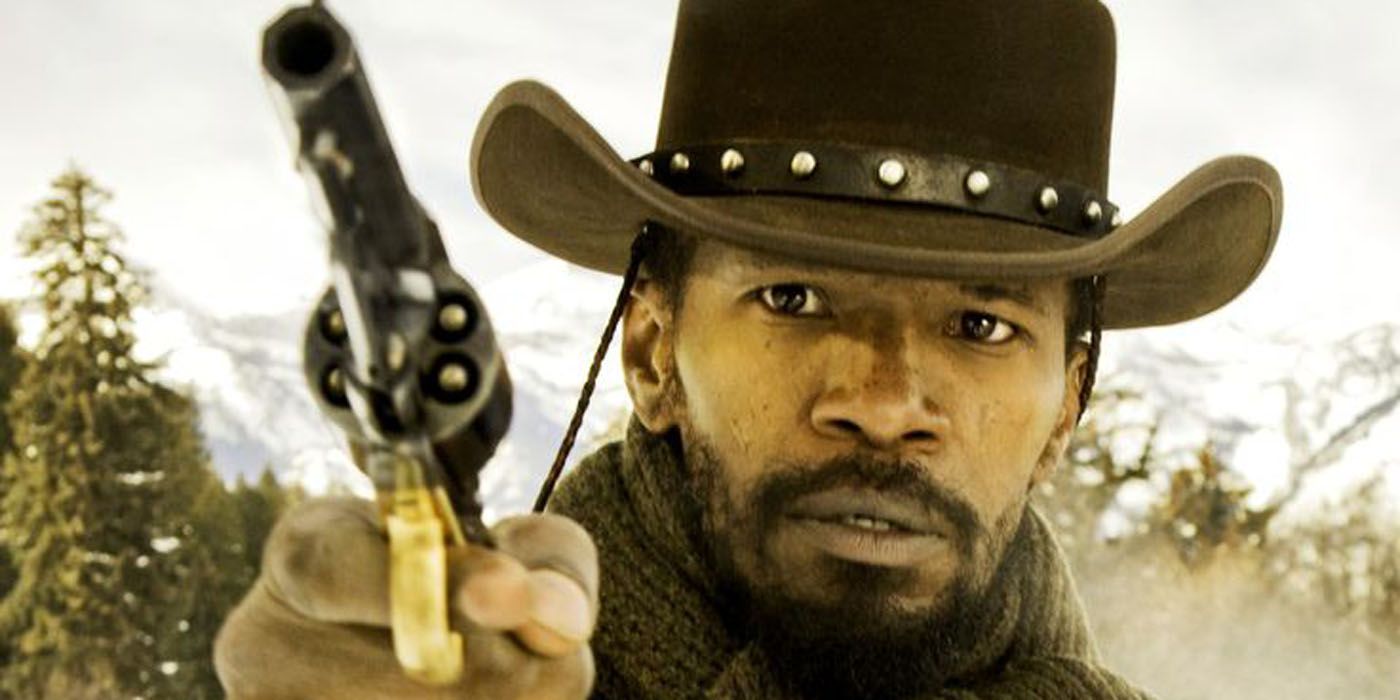
Cowboys and hats have been a constant marriage, all the way through from John Wayne to Clint Eastwood, audiences have seen an infatuation with cowboy hats in cinema. But the hat that is likely most iconic, or at least most recognizable today, is Django’s in Django Unchained.
Django’s entire getup is decisively unique in comparison to the relatively repetitive dress of the other cowboys in westerns. Django wears a variety of outfits throughout the film, but his cowboy hat is something that persists proudly. It’s also Django’s background as a slave that makes his turn wearing a cowboy hat so potently relevant to the cultural subtext of the film.
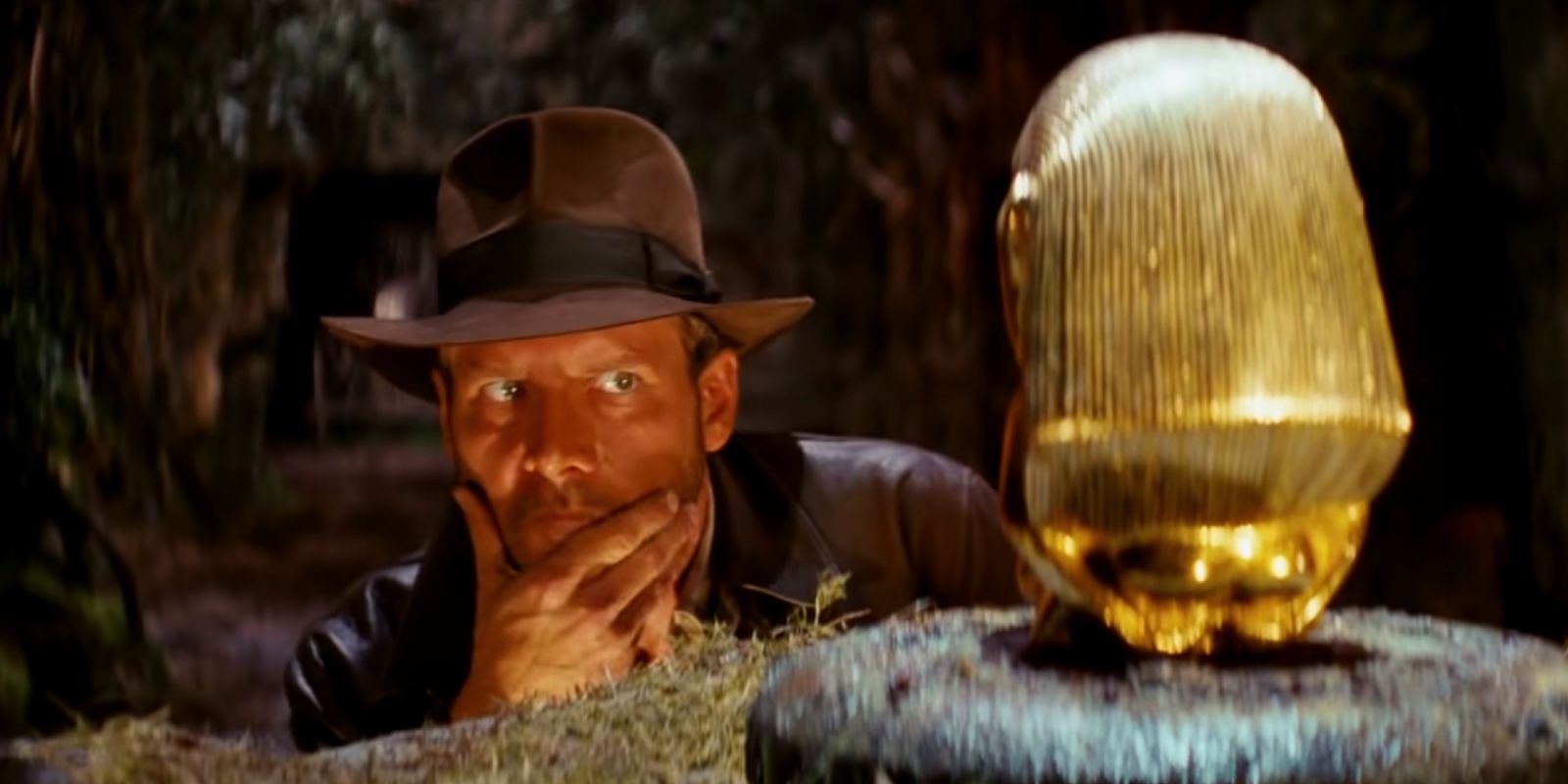
For such a traditionally butch man, Indiana Jones is incredibly sensitive about his accessories - particularly his hat. It’s a trend that persists across the franchise, the hat becoming so important to the character that he's even hesitant about letting his son wear it.
Harrison Ford has gone on record stating that Indiana Jones shouldn’t ever be recast, feeling no one other than him could play Indiana Jones. This is part of what makes the character’s inability in the films to pass on nor lose the hat so amusing, one can see it as Harrison Ford himself desperately clinging on to the character-defining accessory.
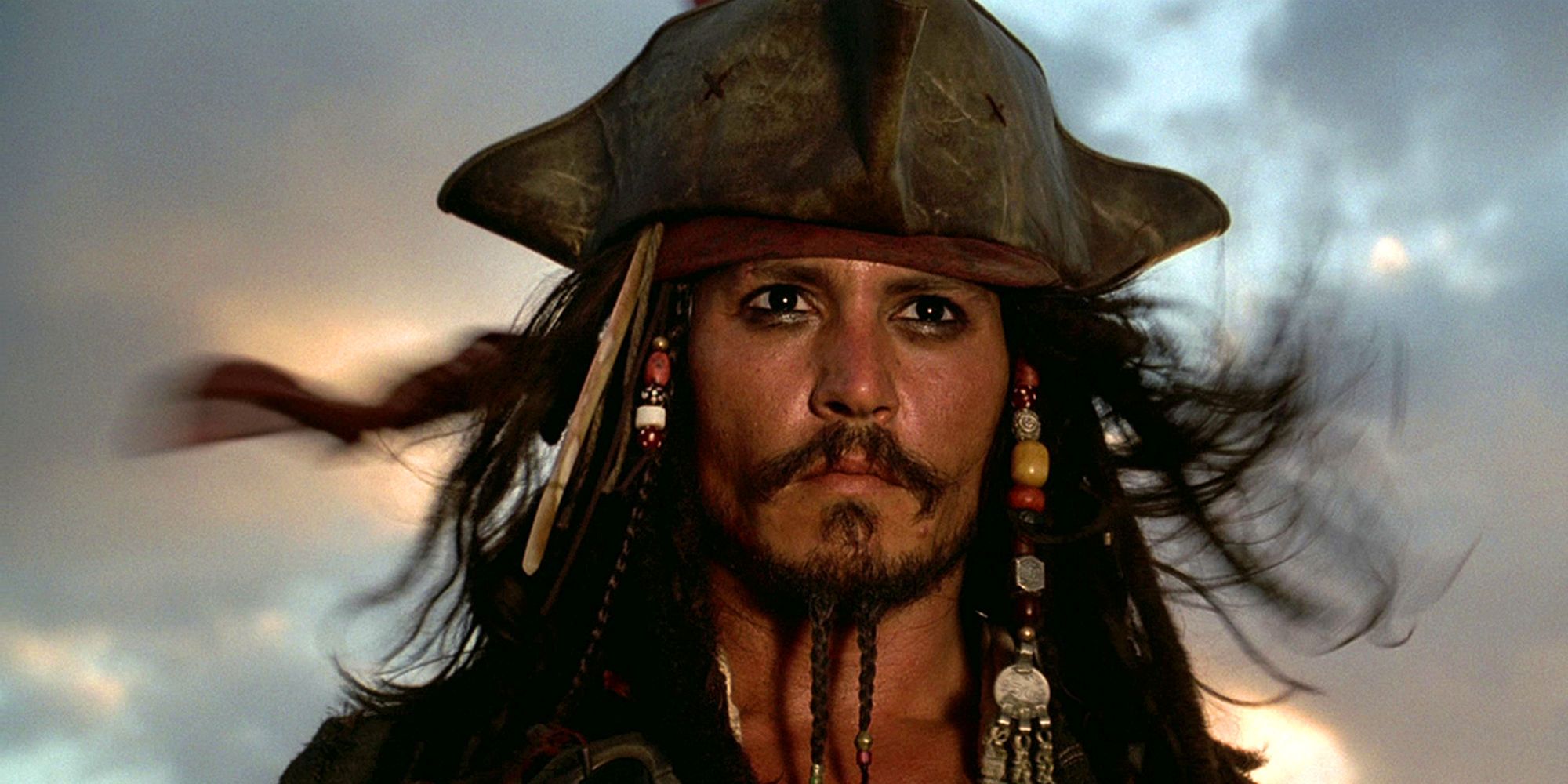
Another character particularly precious about their hat is Jack Sparrow, a man who ironically places himself in a variety of situations where his hat escapes him. For Jack, the hat is a symbol of his command, the faded leather tricorn being a marker for a pirate captain.
Of course, in reality, pirates were much more likely to be clad in fanciful wigs than battered hats, but thanks to images of fictitious pirates such as Jack Sparrow and his tricorn hat, the entire vision of what these real-life sea-scoundrels actually looked like has been altered. Such is the testament to how iconic Jack Sparrow and his hat have turned out to be.
from ScreenRant - Feed https://ift.tt/t3cmldb
